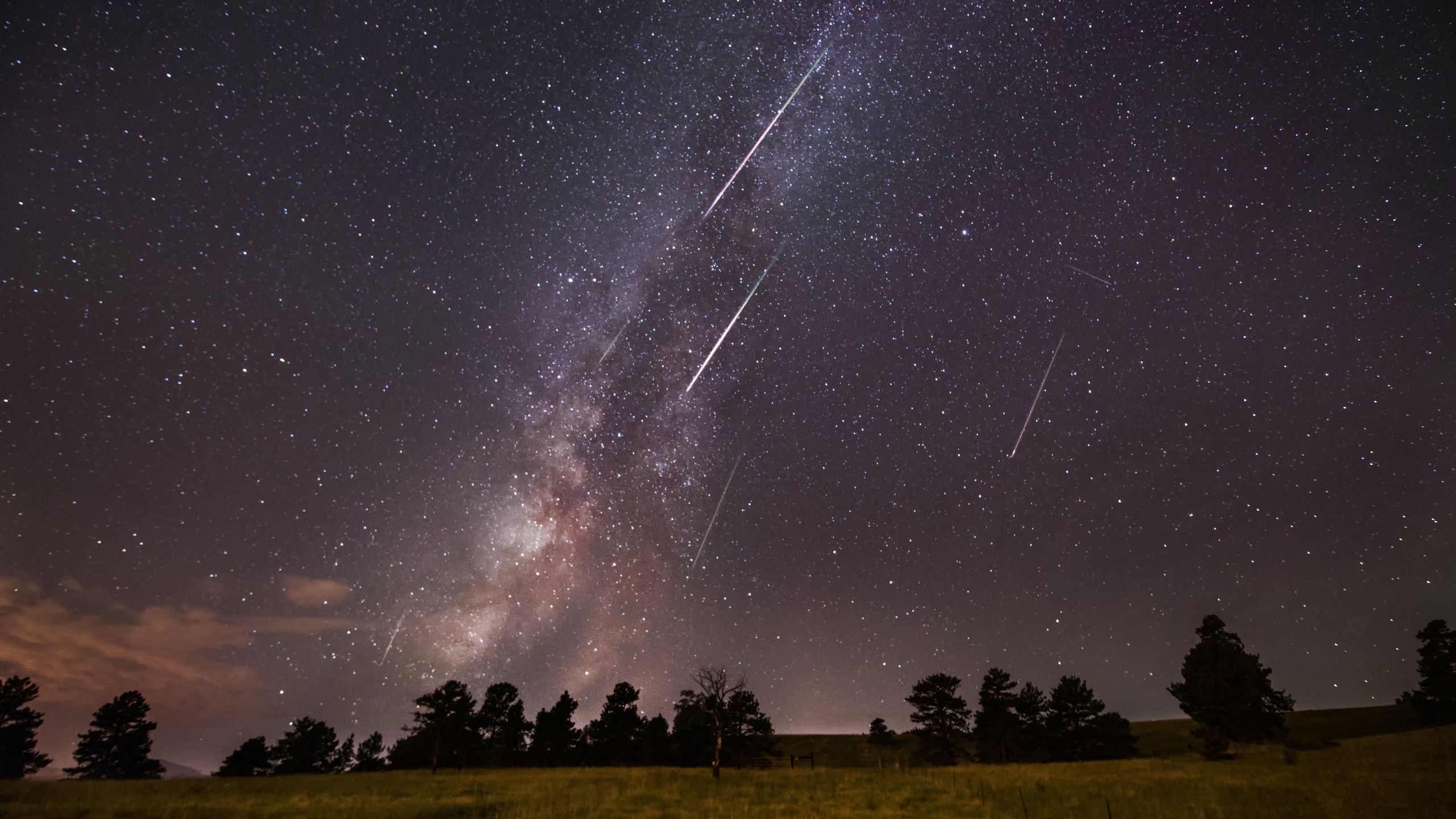A new comet was discovered last month. Now, as we go through this month, the comet may become easier to view.
The new comet was discovered by a sky imaging instrument called SWAN. SWAN stands for Solar Wind Anisotropies camera. The SWAN camera is on the Solar and Heliospheric Observatory (SOHO) spacecraft.
The comet is named C/2025 R2 SWAN. Let’s break down the naming convention. C means it is a long-period comet, only returning to visible on Earth after a very long time. The 2025 is obvious. It was discovered this year. R is a comet naming code for the first half of September. The “2″ means it’s the second comet discovered in that period. Finally SWAN is the person or in this case, the instrument that discovered the comet.
We only get one period to see this comet, as NASA believes this comet can only show up in our sky every 20,000 years.
The comet is expected to be higher in the sky as we go through October. There is the thought that around October 20, the comet will be closest to Earth and easiest to see. At that same time the comet will be higher in the sky, giving it a darker background sky.
We will always look to the southwestern sky in October to see C/2025 R2 SWAN. Tonight the comet is very low in the sky just after sunset. This makes the comet tougher to see, but reports do say it’s getting brighter in the sky.
Between October 18 and 21, the Comet will be around 30 degrees above the horizon and still in the southwest sky.
To see the comet you should probably have binoculars or a telescope. Look to the southwest sky a few hours after sunset. Once you find the comet with binoculars, you may be able to find it with your naked eye. NASA isn’t sure if the comet will become bright enough to be seen by the naked eye.
Of course we also have to hope for clear skies at peak viewing. In this current drought pattern, there are a lot of evenings projected to be clear. The weather pattern says it will be worthwhile to try to see the new comet.
One thing we know for sure- you can’t wait until the next time the comet swings through our sky.
RELATED READING: Newly-discovered comet is glowing green, only visible once every 22,000 years
If you purchase a product or register for an account through a link on our site, we may receive compensation. By using this site, you consent to our User Agreement and agree that your clicks, interactions, and personal information may be collected, recorded, and/or stored by us and social media and other third-party partners in accordance with our Privacy Policy.
Source link
